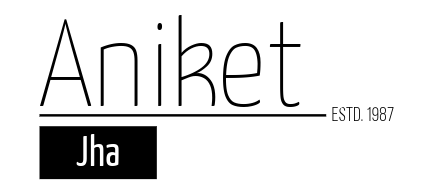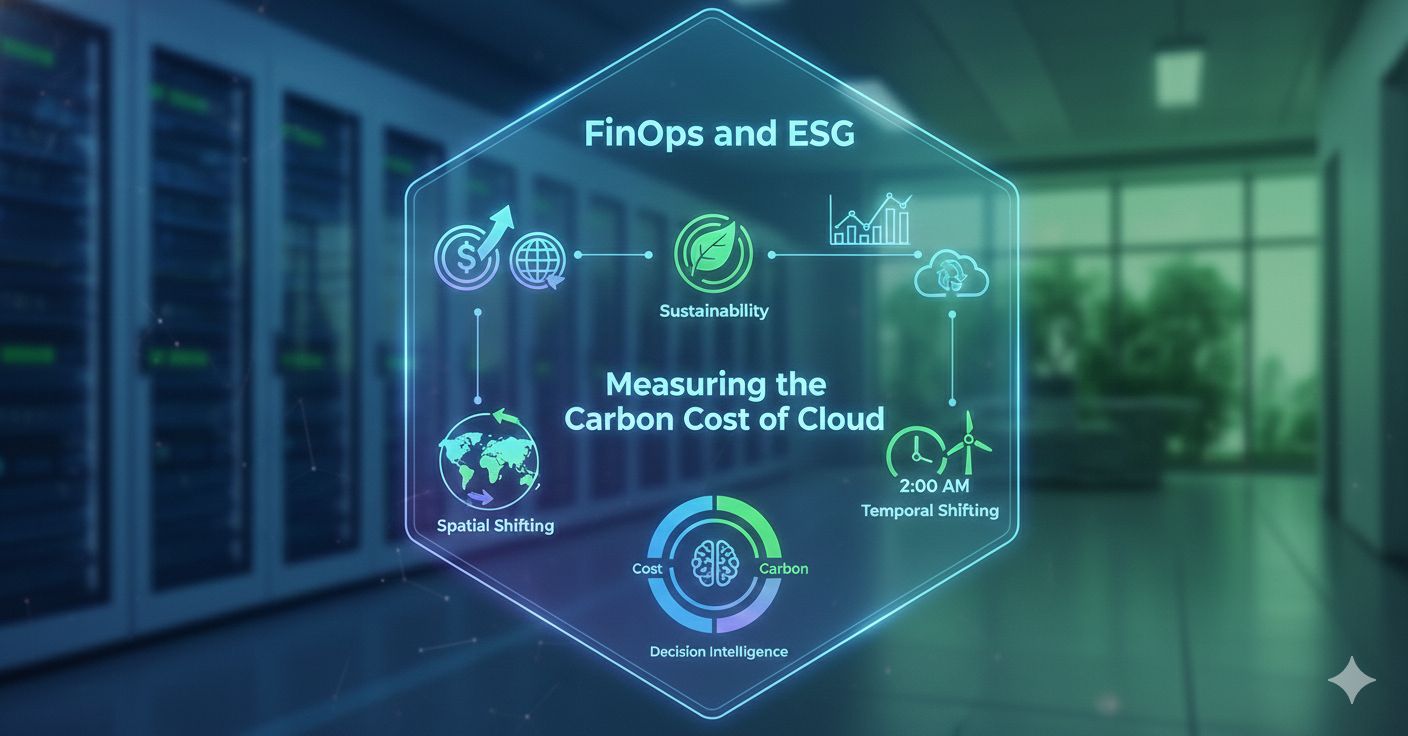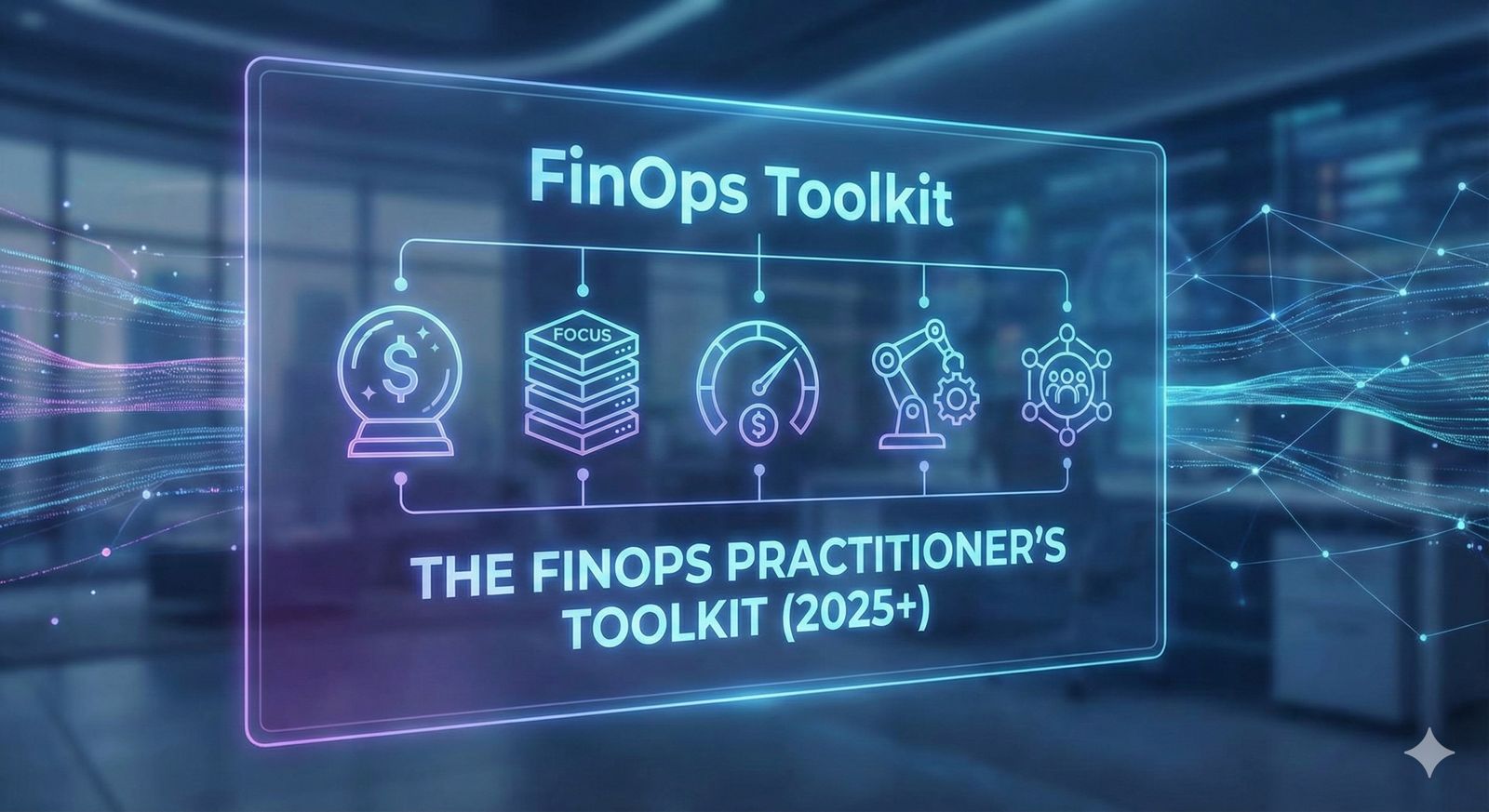How we address these issues defines the success of our projects. To identify the accurate issues is half problem solved already. Three powerful tools that can help identify and address process project issues are the 5 Whys method, the Fishbone Diagram, and the Pareto Chart (80/20 rule). Here’s how you can leverage these techniques to streamline your problem-solving process and drive project success.
1. The 5 Whys Method: Digging Deeper into Problems
The 5 Whys method is a simple, yet effective, problem-solving technique that helps you identify the root cause of an issue. By repeatedly asking “Why?” you can peel away the layers of symptoms that can lead to the underlying problem.
How to Apply the 5 Whys:
- Identify the Problem: Clearly articulate the problem you are facing.
- Ask Why: Ask why the problem is occurring and write down the answer.
- Repeat: Use the answer to form the next “Why” question. Repeat this step five times, or until you reach the root cause of the problem.
- Address the Root Cause: Once the root cause is identified, develop a solution to address it.
Example:
Problem: Project deadlines are consistently missed.
- Why? Team members are not completing their tasks on time.
- Why? They are unclear about their responsibilities.
- Why? There is a lack of detailed project documentation.
- Why? The project manager did not create comprehensive documentation.
- Why? The project manager was not trained in documentation practices.
Root Cause: Lack of training for the project manager in documentation practices.
2. Fishbone Diagram: Visualizing Causes and Effects
The Fishbone Diagram, also known as the Ishikawa or Cause-and-Effect Diagram, helps visually identify potential causes of a problem. This tool categorizes potential causes into various branches, allowing for a comprehensive view of all possible contributing factors.
How to Create a Fishbone Diagram:
- Identify the Problem: Write the problem at the head of the fish.
- Draw the Backbone: Draw a straight line from the head, representing the spine of the fish.
- Identify Categories: Identify major categories of potential causes (e.g., Methods, Machines, People, Materials, Environment, and Measurements) and draw branches off the spine.
- Brainstorm Causes: For each category, brainstorm potential causes and draw smaller branches for each cause.
- Analyze: Review the diagram to identify the most likely causes.
Example:
For the problem of missed project deadlines, your Fishbone Diagram might include categories like Planning, Resources, Team, Communication, and Tools, each branching into specific causes like inadequate scheduling, lack of personnel, unclear task assignments, poor communication channels, and outdated software.
3. Pareto Chart (80/20 Rule): Prioritizing Issues
The Pareto Principle, or the 80/20 rule, suggests that roughly 80% of problems are caused by 20% of the causes. A Pareto Chart helps prioritize issues so you can focus on the most significant ones.
How to Create a Pareto Chart:
- Identify Problems: List all the problems or causes you want to analyze.
- Measure Frequency: Record the frequency or impact of each problem.
- Sort Problems: Sort the problems by frequency, from highest to lowest.
- Create the Chart: Draw a bar chart with the problems on the x-axis and frequency on the y-axis. A cumulative percentage line can help visualize the 80/20 distribution.
- Analyze: Focus on the problems that make up 80% of the issues.
Example:
If you identify that 80% of missed deadlines are due to poor communication and unclear responsibilities, you can prioritize improving communication channels and clarifying roles.
Conclusion
Combining the 5 Whys method, Fishbone Diagram, and Pareto Chart provides a robust framework for identifying, visualizing, and prioritizing project process issues. By understanding the root causes, visualizing all potential contributing factors, and focusing on the most impactful issues, you can develop effective solutions that enhance project performance and drive success.
Start incorporating these tools into your problem-solving toolkit today, and transform how you tackle project challenges. Your projects—and your team—will thank you.
Image by Freepik




